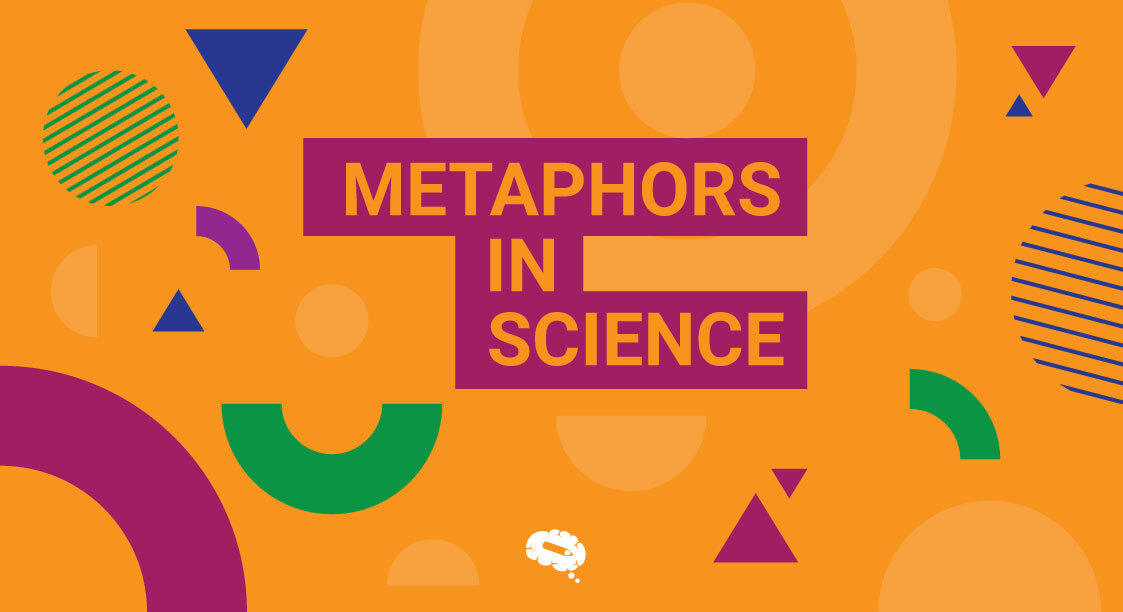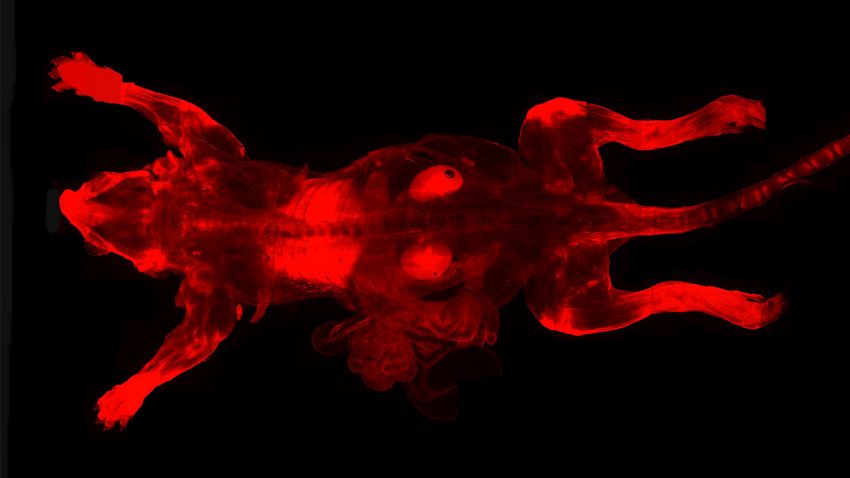Metaphor is a fundamental part of human communication. They are a powerful tool in science allowing us to express complex ideas and abstract concepts in ways that are easier to understand. However, it is important to use metaphors thoughtfully and accurately, as they can also oversimplify or distort scientific ideas if not used carefully.
What are metaphors?
Metaphors are figures of speech that involve comparing two different things that have something in common. They are used to explain complex ideas or concepts by linking them to something more familiar or concrete. A metaphor often involves using words or phrases that are not meant to be taken literally, but to be used to create a mental image or analogy in the mind of the listener or reader.
What is the use of metaphors in science?
Metaphors are widely used in science as a way to explain complex concepts in terms that are more accessible and familiar to a large audience. They are particularly useful in helping to bridge the gap between scientific terminology and everyday language, making scientific ideas more simple to understand.
Metaphors in science can help to illustrate abstract concepts by drawing parallels to tangible objects or processes that people are already familiar with. By doing so, metaphors can create a mental image that provides a frame of reference for the scientific concept being explained. They can also help scientists communicate their ideas to each other. For instance, scientists often use the metaphor of “fishing for genes” to describe the process of searching for genes that are associated with a particular trait or disease.
Examples of metaphors in scientific theories
There are numerous examples of how metaphors in science are used. Here are a few of them:
Survival of the fittest
This phrase, by Charles Darwin, is often used as a metaphor to describe the process of natural selection in evolution. It suggests that those organisms that are best adapted to their environment are more likely to survive and reproduce, passing on their advantageous traits to their offspring. In the context of biology, the phrase refers to the idea that organisms that are best adapted to their environment are more likely to survive and reproduce. Over time, this process leads to the evolution of new species that are better suited to their environment.
The central dogma
This analogy devised by Francis Crick describes the flow of genetic information within cells. It suggests that DNA encodes the genetic information that is used to make RNA, which in turn is used to make proteins. This metaphor has helped to shape our understanding of how genes are expressed and how cells function.
In more detail, the central dogma works like this: DNA is the genetic material that contains the instructions for making proteins. The DNA molecule is composed of four different nucleotides, each of which contains a base (adenine, guanine, cytosine, or thymine), a sugar, and a phosphate group. These nucleotides are strung together in a specific order to form the DNA molecule.
The genetic code
The genetic code is a metaphor that describes how the information stored in DNA is translated into the sequence of amino acids that make up proteins. The genetic code is essentially a set of instructions that tells the cell which amino acids to link together in order to form a protein.
This metaphor has been useful in understanding how genetic information is stored and translated within cells and has led to a better understanding of how mutations in DNA can affect protein structure and function. For example, a change in a single nucleotide within a codon can result in a different amino acid being incorporated into a protein, which can have significant effects on its structure and function.
The tree of life
This metaphor is used in evolutionary biology to describe the relationships between different species. It suggests that all species are connected through a shared evolutionary history, with common ancestors branching out into different lineages like the branches of a tree. Overall, the metaphor of the tree of life represents the idea that all living things are connected and that life is a cycle of birth, growth, decay, and rebirth. It is a symbol of hope, renewal, and the infinite potential of life.
The brain as a computer
The metaphor “the brain as a computer” is a way of describing the function of the brain by comparing it to a computer. It suggests that the brain, like a computer, processes information, stores memories, and generates output in response to input. The metaphor has been useful in understanding the functions of the brain and in developing artificial intelligence technologies that mimic human cognition. It has also led to the development of new theories and models of brain function.
In conclusion, metaphors are an important tool for scientists to help explain complex concepts or theories. By relating scientific ideas to something that is more familiar or concrete, scientists can make their work more accessible to a wider audience. Metaphors can also help scientists to think about their work in new and creative ways, leading to discoveries and breakthroughs.
The best illustrations for your brilliant infographic
Mind the Graph also provides a range of features to help researchers create informative and accessible infographics. The platform offers customizable charts and graphs to help users visualize their data, and researchers can easily import their data into the platform to create custom visualizations. The platform also allows users to collaborate on their projects, making it easy to work with colleagues and peers to create the best possible infographic.

Subscribe to our newsletter
Exclusive high quality content about effective visual
communication in science.





